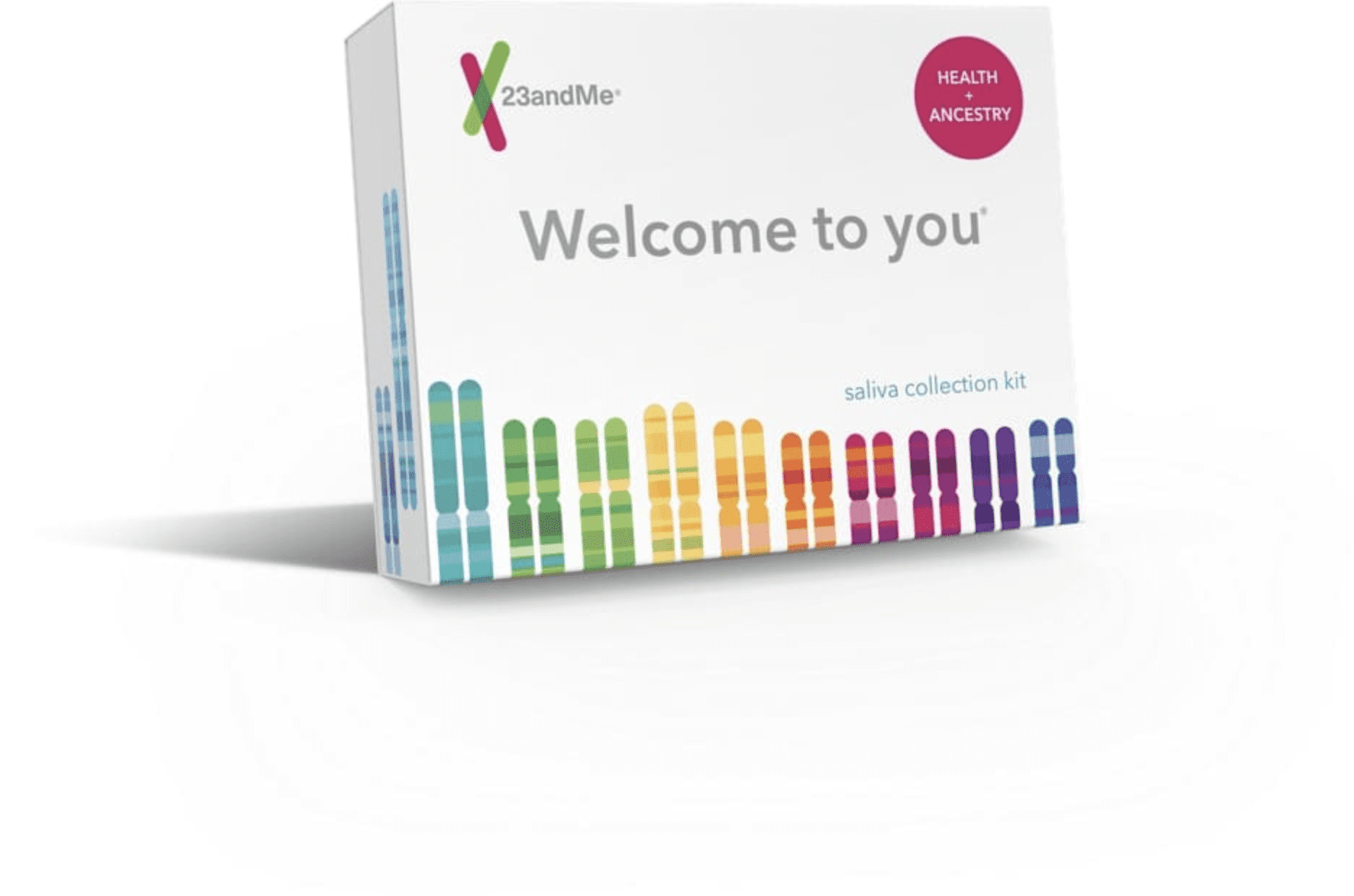The buzz aboutMosquito Bite Frequency & Genetics
If you’ve always suspected that mosquitoes prefer you to your friends, you’re probably right. It turns out mosquitoes do have preferences, and genetics may be partly to blame.
How it works
Mosquitoes are drawn to breath and the body odour we emit from our sweat glands. It might make your skin crawl, but 23andMe researchers believe that mosquito bite frequency, as well as sensitivity to bites, is partly heritable.
The genetic link
23andMe researchers have identified 285 genetic markers associated with mosquito bite frequency, bite itchiness, or bite size. These markers along with non-genetic factors such as age and sex may affect whether you get more or fewer bites than the people around you.

Did you know?
Data from 23andMe customers who consented to participate in research indicate that more than a third, 37.5%, report being bitten more often than others. A little more than a quarter, 27.5%, said they were bitten less frequently than others.
Explore more
Do mosquitoes swarm toward your scent? 23andMe’s Health + Ancestry Service can tell you whether you’re likely to get more or fewer bites than the people around you through our Mosquito Bite Frequency report.

Health + Ancestry Service
References
23andMe Blog (2017, June 9). “Why Do Mosquitoes Pester Some People More Than Others? It’s in the Genes.” Retrieved October 19, 2018, from https://blog.23andme.com/23andme-research/mosquito-bites/.
23andMe Blog (2018, July 30). “Itching to See 23andMe’s New Trait Reports.” Retrieved November 7, 2018, from https://blog.23andme.com/health-traits/itching-to-see-23andmes-new-trait-reports/.
Centers for Disease Control and Prevention. “Prevent Mosquito Bites.” Retrieved June 21, 2018, from https://www.cdc.gov/zika/prevention/prevent-mosquito-bites.html.
Smallegange RC et al. (2011). “Sweaty skin: an invitation to bite?” Trends Parasitol. 27(4):143-8.
World Health Organization (2018, February 27). “Information for travellers.” Retrieved June 21, 2018, from http://www.who.int/malaria/travellers/en.